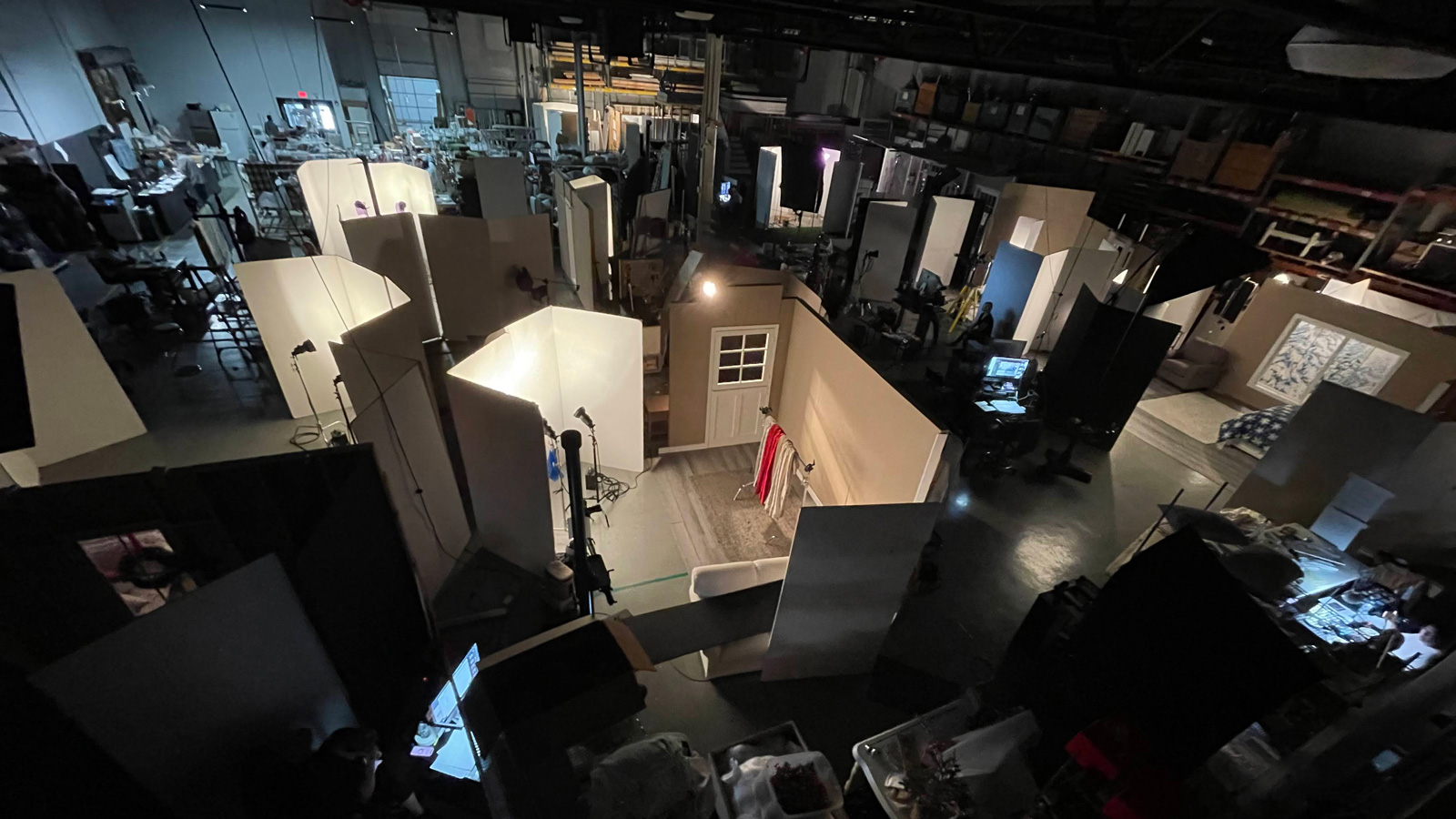It’s more complex than ever to produce visual marketing content — images, video, animations, CGI and more. As communication channels continue to emerge, consumer demand for more content grows by the day. It’s a multiplier effect that marketing leaders need to acknowledge and address.
Marketers need to think differently to overcome these challenges. Consumers have new expectations of brands and retailers. How best to meet those needs? More efficient processes, the right technology and more versatile teams.
The goal is to help marketers build more effective creative content operations.
We asked our top creative and marketing pros to share their practical insights and best practices for doing just that. Here are their recommendations:
1. Map the process and streamline content production
Process mapping is one of the best tools to unpack the complexity of your systems, identify inefficiencies and start working toward more streamlined solutions. Here’s how:
Practically speaking: “It’s not just about getting the right brief, finding the right creative, scheduling and delivering,” says Amy McKnight, Director & Principal Consultant, Strategic Process Design at Quad. “You have to question what’s happening way before and way after that work. Step back and make sure you see the broader picture.”
2. Build the unicorn your team needs
Wouldn’t it be nice to elevate content production simply by adding one key individual to the team — a unicorn who can do it all? That person, of course, doesn’t exist. Technology is moving so fast that no one individual can possibly stay ahead of the game across applications.
A more practical path is to build the ideal team through a combination of outsourced and in-house personnel. This doesn’t mean using brute-force marketing by simply throwing more people at the problem. Instead, identify specific roles and skills to meet creative content needs across all channels. Fill those roles appropriately, maximizing in-house talent and augmenting with outside specialists.
The right technology can automate certain tasks (more on that below), allowing creatives to focus on production. Consider teaming with specialists to add greater flexibility to content production operations and shorten delivery timelines.
Practically speaking: “The ideal team is never a one-size-fits-all solution,” says Jimmy Richardson, Group VP, Studio & Creative at Quad. “It’s very hard to employ all the talent needed for every content channel. Successful leaders have a mix of dedicated staff, access to specialized talent and a backbone of global redundancy.”
3. Centralize processes to meet multichannel content needs
This, of course, requires vision to think ahead before creating marketing content. The key is to plan the entire process at the outset, considering the current and even potential future needs of all your various channels. Knowing that, you can produce everything you need all at once. This will eliminate rework and redundancy and put your team in a position to scale content production.
The best way to accomplish this is with centralized project management and improved asset management systems. Producers who know the needs of your various channels can take the lead in this effort, making sure shoots and other creative production efforts take into account all of those needs. A digital asset management (DAM) system can make it easier to share content across teams and facilitate collaboration and more efficient use of resources.
Don’t make that investment until you evaluate your people, process and technology and make a plan to connect components of creative content production.
Practically speaking: “By improving planning and project management, you can determine what your content needs are up front,” says Devin Fisher, Senior Director, Studio & Creative at Quad. “You can then develop a plan to create everything you need at the outset of a project, speeding delivery of content and eliminating rework.”
4. Focus on creating versatile digital assets
“There are so many channel initiatives with brands nowadays,” says Richardson, “that it’s impossible to look at it like you did 20 years ago where you’d say, ‘Here are our video assets that we need for broadcast — for a TV commercial. Here are our still photography assets — for a print ad or for a catalog.’ And so on. Our approach at Quad is to help marketers evolve from thinking of assets for each channel as separate things that are produced separately.”
A key part of that evolution is state-of-the-art technology, including 3D Commerce by Quad, a new solution for creating “digital twins” — an advanced and highly specialized form of 3D scanning — in partnership with Covision Media.
Considered the first-ever scalable, automated 3D production scanner, the Covision technology enables Quad to create relightable, photorealistic-quality 3D assets that are adaptable to a range of diverse applications in a fraction of the time of labor-intensive manual processes. The resulting digital-twin model is a single asset that can be deployed across channels including e-commerce, social media, mobile, motion and print. The scans can render still images from any angle, deliver 360º spins and immerse images into virtual reality (VR) and augmented reality (AR) environments for virtual try-on (VTO) and other applications.
Practically speaking: “We’re helping you solve across multiple channels with asset creation — in the process amplifying your brand’s impact while simplifying your workflow and saving time and money,” says Richardson.
5. Implement process change by getting buy-in from your board and other key leaders
Getting buy-in from top executives makes implementing these kinds of process changes much easier. But to do it right, it’s not just about vaguely championing those efforts. Top executives need to actively step in and communicate to the team why they support those process changes, why they’re aligned with goals and why the changes will ultimately lead to better production practices. In fact, executives are sometimes the biggest barrier to implementing major change. Involving those key stakeholders is vital for successful process change. Map out your future state, get buy-in around goals and build support for additional resources needed to achieve the vision.
Practically speaking: “As long as executives agree to participate and to follow through on whatever the future state is, it can be much more impactful and much easier to sustain that process change in the long run,” says Tracie Schwickrath, VP, Client Services at Quad.
Want to learn more? As a marketing experience (MX) company that works with more than 2,700 brands across every conceivable vertical (from retail and CPG to fashion, healthcare and financial services), Quad helps marketers automate workflow and reduce costs through our MX: Creative offering — a central part of the overall Quad suite of solutions.
For more insights from Quad, download our new (free) white paper “Generative AI and CGI for brand imagery — a 2024 guide for marketers.”



